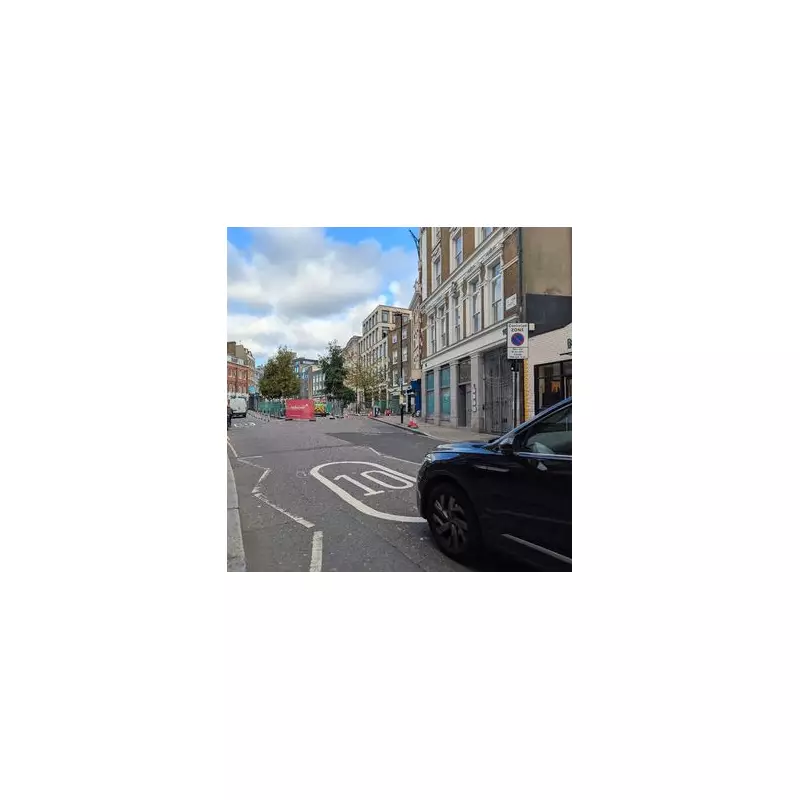
In a groundbreaking move that's set to transform the driving experience in the heart of the capital, Westminster Council has announced the implementation of a 10mph speed limit across significant parts of central London. This bold initiative represents one of the most dramatic traffic calming measures ever introduced in a major UK city.
The Slow Lane Comes to Central London
The new restrictions will affect some of London's most iconic locations, including Covent Garden, Soho, and parts of the West End. These areas, typically bustling with tourists, theatre-goers, and commuters, will now see vehicles moving at little more than cycling speed as the council prioritises pedestrian safety and environmental concerns.
Safety First: The Council's Rationale
Council officials argue that the dramatically reduced speed limits will create substantially safer streets for the millions of pedestrians who navigate these crowded areas annually. "We're putting people before vehicles," explained a council spokesperson. "The evidence shows that lower speeds dramatically reduce the severity of accidents and can save lives."
Transport experts note that at 10mph, the stopping distance for vehicles is significantly reduced, potentially making the difference between a near-miss and a serious collision. The move aligns with the Vision Zero strategy adopted by many cities worldwide, which aims to eliminate all traffic fatalities and severe injuries.
Mixed Reactions from Stakeholders
The policy has generated strong reactions from various quarters:
- Local businesses express concern about delivery times and accessibility
- Pedestrian advocacy groups welcome the increased safety measures
- Taxi and private hire drivers worry about journey time increases
- Tourism representatives debate the impact on visitor experience
Some critics have labelled the measures "anti-car" and raised questions about the practical implications for emergency services, delivery vehicles, and residents who rely on cars for mobility reasons.
Environmental Benefits and Urban Planning
Beyond safety considerations, the council highlights environmental advantages. Lower speeds typically result in smoother driving patterns, which can reduce emissions in areas that frequently suffer from poor air quality. The initiative forms part of a broader strategy to create more pleasant urban environments where walking and cycling become more attractive options.
As other UK cities watch Westminster's experiment with keen interest, this policy could set a precedent for urban centres nationwide grappling with similar challenges of congestion, safety, and sustainability.





